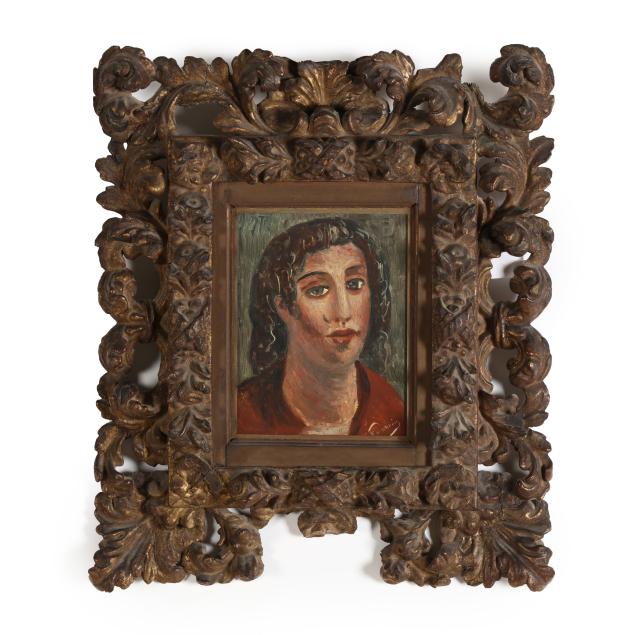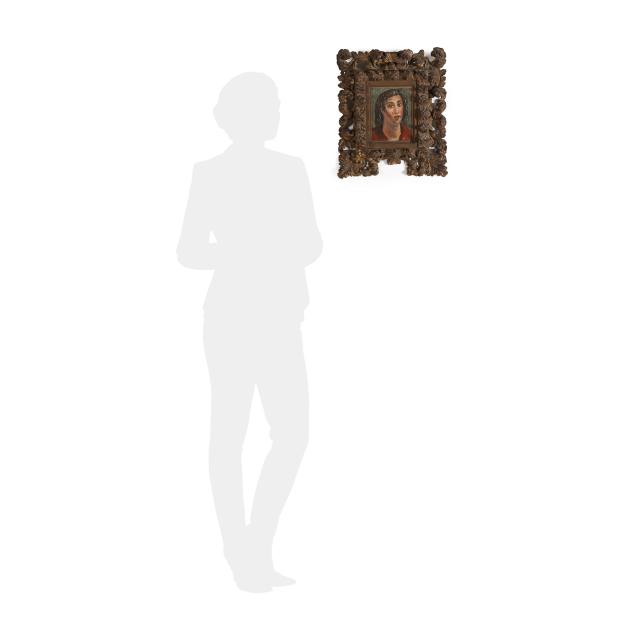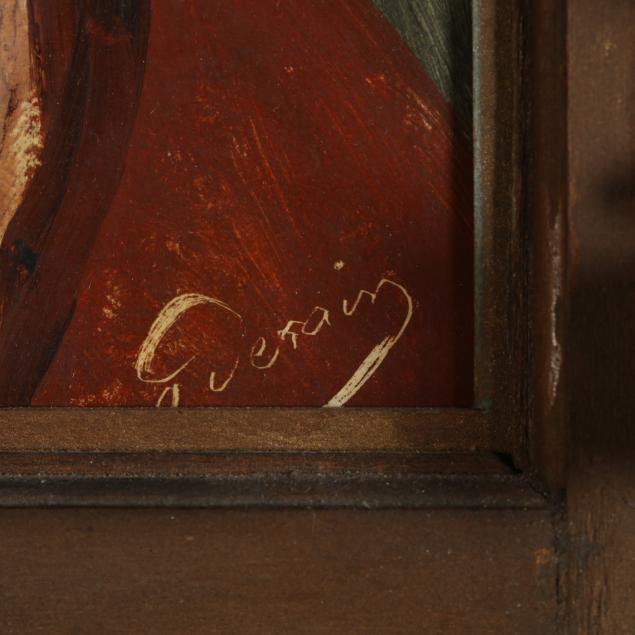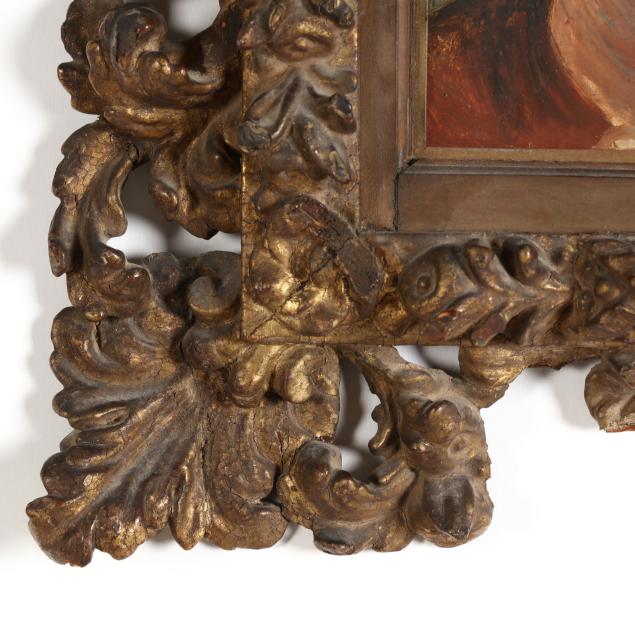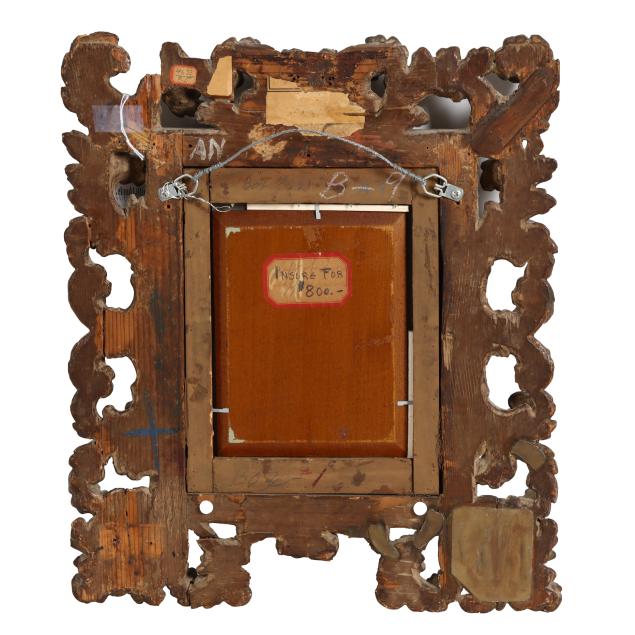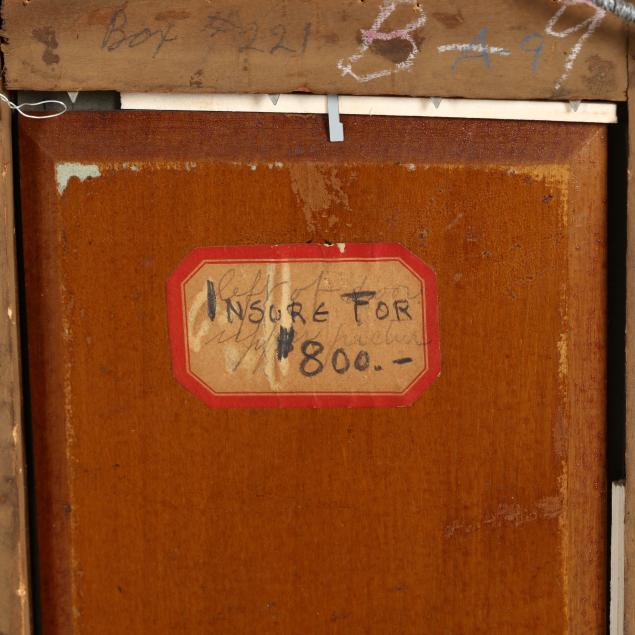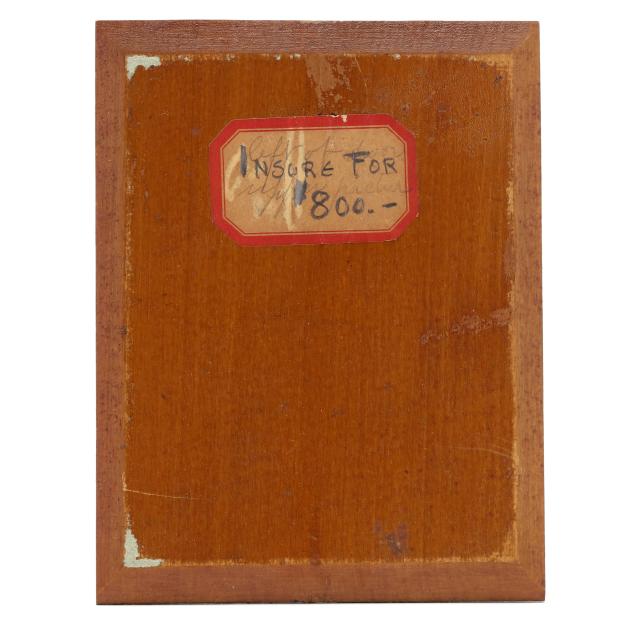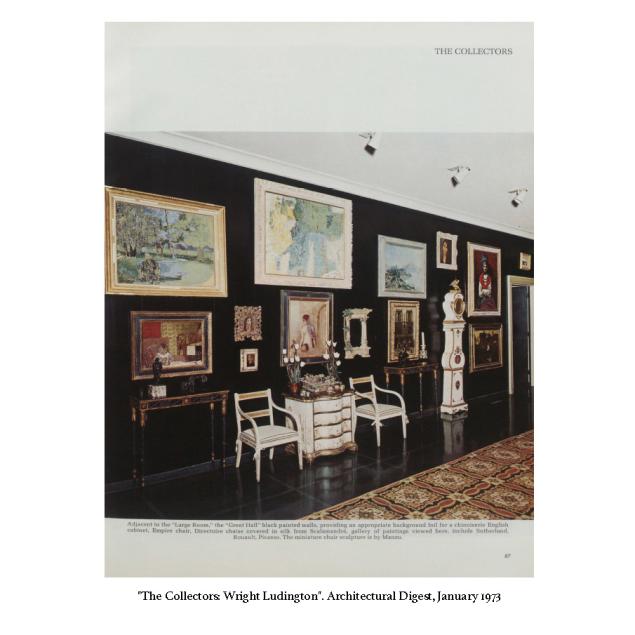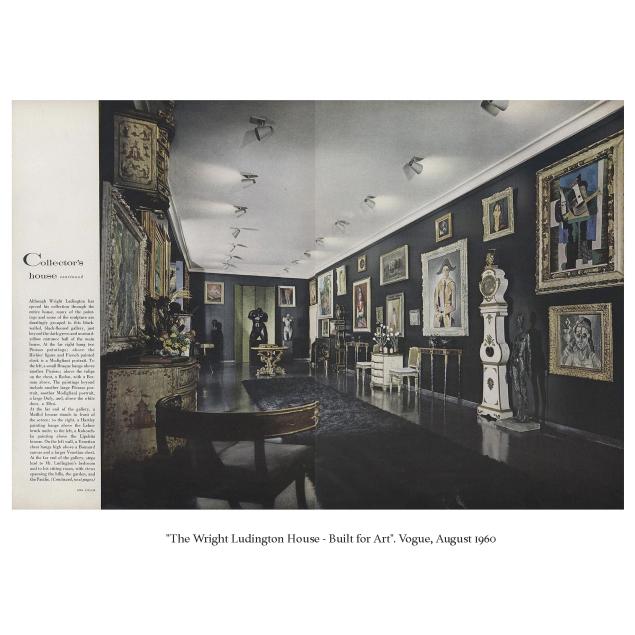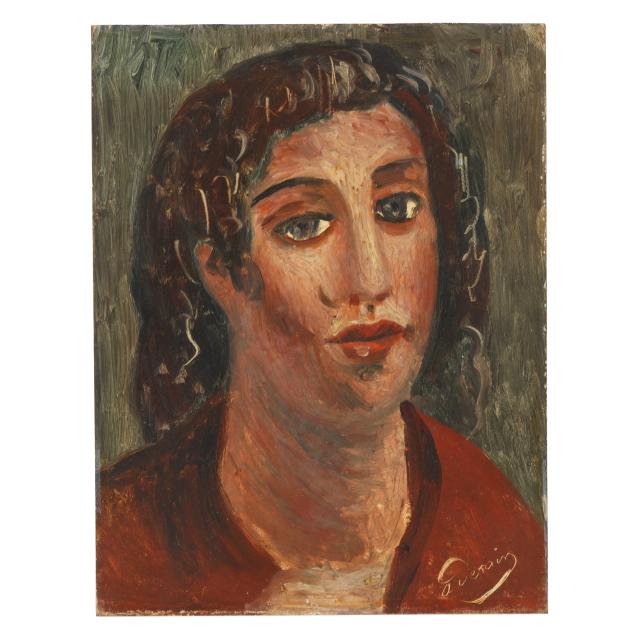
Lot 2020
André Derain (French, 1880-1954), Tête de femme
Explore more items like this one.
Visit our Fine Art Department Fine Art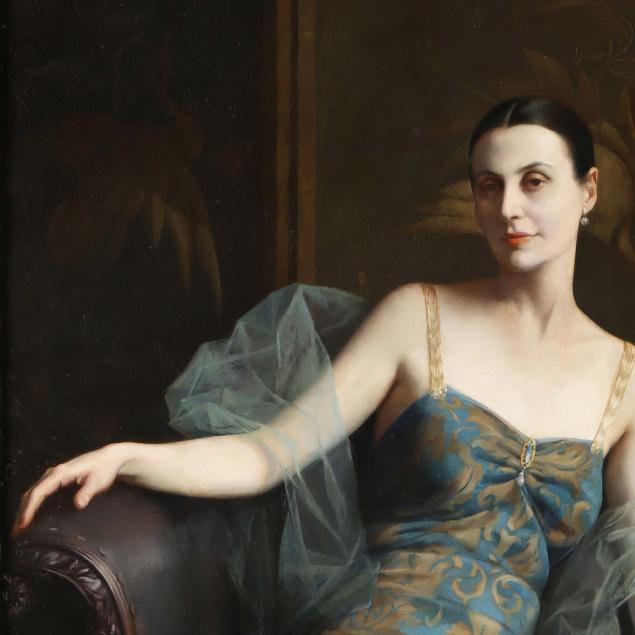
Lot Details & Additional Photographs
Panel 7 x 5 1/2 in.; Frame dimensions 16 3/4 x 14 in.
Estate of Wright Saltus Ludington, Santa Barbara, California
Estate of Charles Townsend Ludington, Jr., Chapel Hill, North Carolina
Private Collection, North Carolina
Illustrated:
"The Wright Ludington House - Built for Art". Vogue, August 1960.
Chen, James and Leonard Stanley. "Great Hall" (at Hesperides, Home of Wright Saltus Ludington, Montecito, California). Architectural Digest, January 1973, p. 87.
André Derain (1880–1954) was a pivotal figure in early 20th-century art, best known as a co-founder of Fauvism and a contributor to Cubism. Drawing on a wide range of influences—from Paul Cézanne and non-Western sculpture to Renaissance imagery and decorative arts—Derain developed a style defined by bold color, expressive form, and experimentation with light. He began formal training under Eugène Carrière and soon formed a close artistic relationship with Henri Matisse. Their collaboration in Collioure in 1905 led to the defining works of the Fauvist movement, earning them the label "les fauves" at the Salon d’Automne. Derain’s early career also included luminous London cityscapes, stylized bathers, and sculptures that merged Cézanne’s volume with rhythmic, archaic form.
After a period of crisis in 1910, during which he destroyed much of his unsold work, Derain shifted toward a more structured, classical style. His postwar output included vanitas still lifes, mythological themes, and theatrical figuration, evolving into a stark, geometric classicism by the 1920s and 1930s. He continued to create landscapes, figurative works, and illustrations well into the post–World War II years. Derain’s work was exhibited widely, including solo shows at the Galerie Paul Guillaume in 1916 and later retrospectives at major institutions such as the Museum of Modern Art in New York and the Musée d’Art Moderne de la Ville de Paris. His enduring influence reflects a career that bridged radical innovation and classical tradition.
Surface grime; wear and loss to frame.
